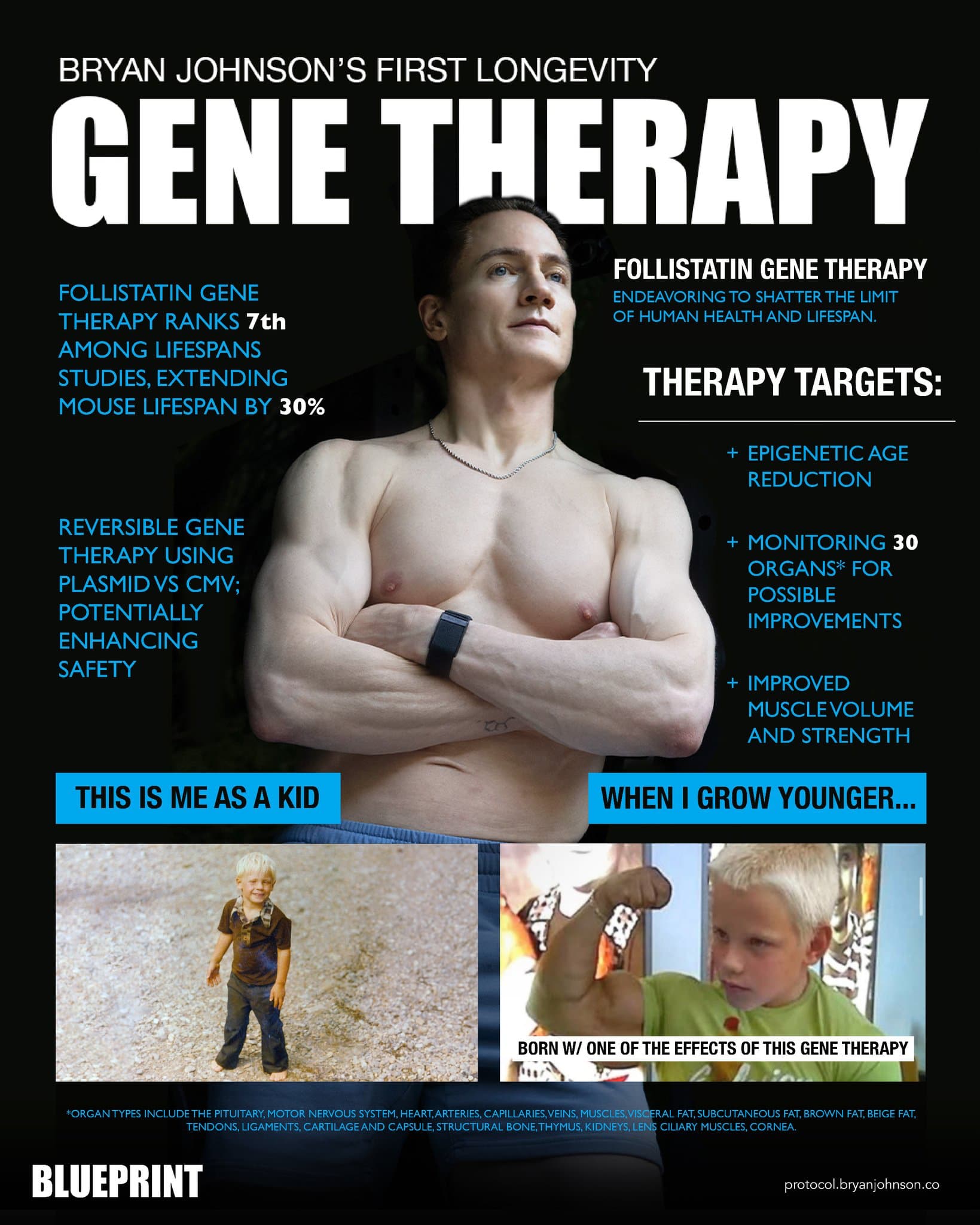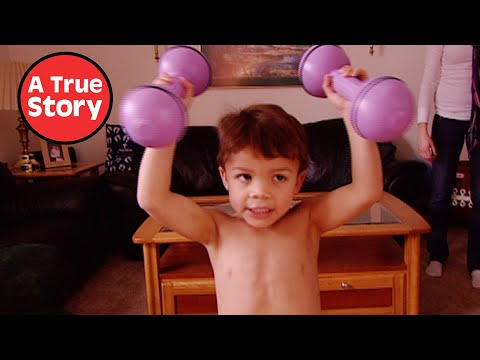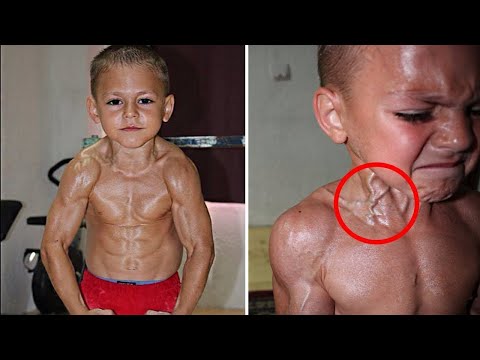I must admit i am drunk but “dick head” seems an apposite response. There is science and there is clickbait.
Wheat germ is almost always listed at the top of the list for spermidine, followed by soy. While you can get some spermidine from chlorella, I haven’t seen it on any lists suggesting supplementing spermidine. Perhaps some other members have.
Be aware that both chlorella and spirulina contain iron and some people, including me take it for that reason. Many people do not wish to increase their iron intake.
Interesting there isn’t that much difference in cost between chlorella and spirulina which I am currently taking. I suffer, perhaps because of old age, a tendency towards iron deficiency and anemia. They are both quite similar and both contain iron, but I see that chlorella contains more iron so I think I will switch to chlorella. Both seem to have a good effect on sports performance.
As for spermidine content, neither is a great source compared to wheat germ, soy, and several other foods.
“Spirulina sp., also known as “superfood”, a label given by the World Health organization (WHO)”
“Spirulina has received the most attention in humans; previous authors have reported spirulina to improve time to exhaustion whilst running (10, 11) and V̇O2max whilst cycling (13)”
“Twenty-one days of spirulina supplementation lowers heart rate during submaximal cycling and augments power output during repeated sprints in trained cyclists”
“Reports that spirulina can improve peak and average muscular force (15, 37) have led to one group of authors suggesting that spirulina’s high protein efficiency ratio (87%) and net protein ultilisation (92%) may have played an important role in achieving the positive results whilst administering alongside a training programme (37).”
“The nutritional composition of spirulina and chlorella makes them particularly attractive to biopharmaceutical and nutraceutical industries. Both contain high levels of protein (up to 65% dry weight), which include all the essential and non-essential amino acids (1), making them a plausible additional supplement to consider for vegetarians and vegans”
“https://www.sciencedirect.com/science/article/pii/S2213453018301435”
This is not true. Chlorella contains same or up 10 times more spermidine as wheat germ or soy per study I cited above.
Wheat germ: 250-350 mg/kg
Soy: 180-350 mg/kg
Chlorella: 290-2200 mg/kg
Wheat germ also contains WG agglutinin (form of lecithin), a plant protein that binds specifically to sugars expressed, among many others, by human gastrointestinal epithelial and immune cells. WGA is a toxic compound and an anti-nutritional factor. It is among others pro inflammatory. So before supplementing WG it would be wise to check this out.
Speaking of supplements, is anyone taking Atheltic Green or AG1? I have tried it before and tasted okay. But have not taken it consistently. And expensive.
The reason I assumed that chlorella was not a big source of spermidine is because a quick Google search for best sources of spermidine will bring up articles in many of the popular health and longevity sites and even the ones that list supplements along with foods, chlorella is rarely found. Apparently, they don’t think chlorella is a food.
“United Nations World Health Organization (WHO) stated that represents an interesting food for multiple reasons, for example, it is rich in iron and protein and is able to be administered to children without any risk.” “Thus, microalgae can be an alternative to achieve food of high quality with a low environmental impact, because they can be cultivated in non‐cultivable lands.” Spirulina (a close relative of chlorella)
It really doesn’t matter to me, because I won’t be taking chlorella for its spermidine content.
I think we have had this discussion before on the pros and cons of spermidine in the thread:
“A Randomized Placebo-Controlled Pharmacokinetic and Metabolomic Study”
“A 2023 study called “High-Dose Spermidine Supplementation Does Not Increase Spermidine Levels in Blood Plasma and Saliva of Healthy Adults: A Randomized Placebo-Controlled Pharmacokinetic and Metabolomic Study” found that high-dose spermidine supplementation does not increase spermidine levels in the blood plasma and saliva of healthy adults.”
"Commercially available dietary supplements of the brand MoleQlar™ (Rottach-Egern, Germany) based on Chlorella algae powder and soybean extract were purchased, each “Interestingly, four of the 12 subjects still had higher AUC0-tlast plasma concentrations for spermine in the placebo intervention compared to the verum intervention.”
“Spermine derives from spermidine”
“It is rather unlikely that spermidine supplements with doses <15 mg/d exert any effect.”
I bet he’ll publish a book All About Penis or something like that soon.
All greens powders are expensive for what you get. AG-1 is among the most expensive. However if money is no object then they are convenient.
“Shockwave Penis Therapy” … hmmm, not sure I’ll be signing up for that treatment anytime soon. Perhaps after the “head transplant” that will seem like a small step. Is this really a thing, a reasonable person might ask…
However, shockwave therapy for your genital health is indeed an expanding practice, one accessible even to those of us who aren’t eccentric tech executives. Stephanie Wolff, a sexual wellness expert, clinician and CEO of the Novus Anti-Aging Center in Los Angeles, tells Rolling Stone that interest in such technology dates back to World War II, when doctors observed that sailors who had survived depth charge attacks on submarines had internal organ damage from explosive sound waves. Researchers studied the effects of gentler shockwaves on human tissue for decades to come, and by the 1980s, physicians were using something called extracorporeal shock wave lithotripsy (ESWL) to pulverize patients’ kidney stones.
Meanwhile, research also began to show that these shockwaves could accelerate healing or regeneration of bone, tendon and soft tissues. In 2010, low-energy shockwaves were used as an experimental treatment for erectile dysfunction and Peyronie’s disease, in which a buildup of scar tissue can deform the penis and lead to pain and erectile disfunction.
He also said he has a hard time even getting a date. So I wonder what the point of the penis injections are if it seems like he’s not going to be using it.
I think it is reasonable to hypothesise that scar tissue forms when cells fail to differentiate properly and end up as senescent. Hence if you can kick them into differentiation you can get the scarring to reduce.
I had always thought that scarring was due to your cells filling in a gap with collagen when there are not enough viable cells in the area to completely compensate for the damaged or missing ones.
Collagen is like the cement patches you fix your walls with. Your body uses collagen when it needs to create scar tissue.
There is not necessarily a disagreement between these positions. If there are not enough viable cells then there would logically be a cause for this.
Sorry if I missed a discussion of this - what it is referring to?
Just a reference to some really wild things people are working on (and which its entirely conceivable that BJ would adopt: Longevity Resources from the Foresight Institute - #4 by RapAdmin
This is a joke, right?
Who is the little kid in the bottom right?
Its on his twitter account
https://twitter.com/bryan_johnson/status/1699097438227968189
I think there are better ways of trying to overcome sarcopenia. The problem with this sort of approach is that it aims to change the symptoms rather than fixing the cause.
No - not a joke at all.
I worked for a year trying to do a startup genetic engineering company to allow something similar to what is being talked about here.
A few genes control muscle growth and repair; key amoung them are the follistatin and myostatin genes and the IGF-1 gene. Some kids have been found to have mutations in one of these genes, and the results are pretty crazy. These kids are super strong (and evidence also suggests they will likely live longer). If you overexpress, or increase the copy number, of these genes in your muscles you will likely experience the same benefit. Its coming as a therapy, even if its not here yet…
Some reading for those interested:
Here is the scientific paper written by the German boy’s doctor:
Myostatin Mutation Associated with Gross Muscle Hypertrophy in a Child
Muscle wasting and weakness are among the most common inherited and acquired disorders and include the muscular dystrophies, cachexia, and age-related wasting. Since there is no generally accepted treatment to improve muscle bulk and strength, these conditions pose a substantial burden to patients as well as to public health. Consequently, there has been considerable interest in a recently described inhibitor of muscle growth, myostatin, or growth/differentiation factor 8 (GDF-8), which belongs to the transforming growth factor β superfamily of secreted proteins that control the growth and differentiation of tissues throughout the body. The myostatin gene is expressed almost exclusively in cells of skeletal-muscle lineage throughout embryonic development as well as in adult animals and functions as a negative regulator of muscle growth.1,2 Targeted disruption of the myostatin gene in mice doubles skeletal-muscle mass.1 Conversely, systemic overexpression of the myostatin gene leads to a wasting syndrome characterized by extensive muscle loss.3 In adult animals, myostatin appears to inhibit the activation of satellite cells, which are stem cells resident in skeletal muscle.4,5
The potential relevance of myostatin to the treatment of disease in humans has been suggested by studies involving mdx mice, which carry a mutation in the dystrophin gene and therefore serve as a genetic model of Duchenne’s and Becker’s muscular dystrophy.6 For example, mdx mice that lacked myostatin were found not only to be stronger and more muscular than their mdx counterparts with normal myostatin, but also to have reduced fibrosis and fatty remodeling, suggesting improved regeneration of muscle.7 Furthermore, injection of neutralizing monoclonal antibodies directed against myostatin into either wild-type or mdx mice increases muscle mass and specific force, suggesting that myostatin plays an important role in regulating muscle growth in adult animals.8,9
The function of myostatin appears to be conserved across species, since mutations in the myostatin gene have been shown to be responsible for the “double-muscling” phenotype in cattle.10-13 The phenotypes of mice and cattle lacking myostatin and the high degree of sequence conservation of the predicted myostatin protein in many mammalian species have raised the possibility that myostatin may help regulate muscle growth in humans. We report the identification of a myostatin mutation in a child with muscle hypertrophy, thereby providing strong evidence that myostatin does play an important role in regulating muscle mass in humans.



